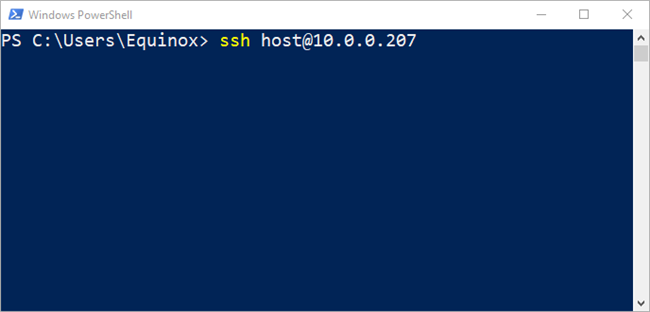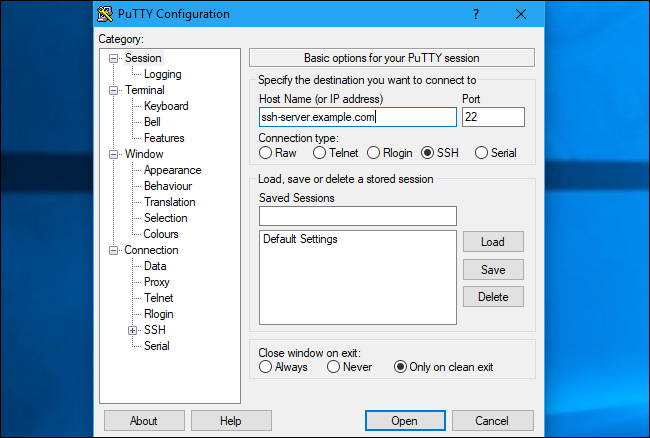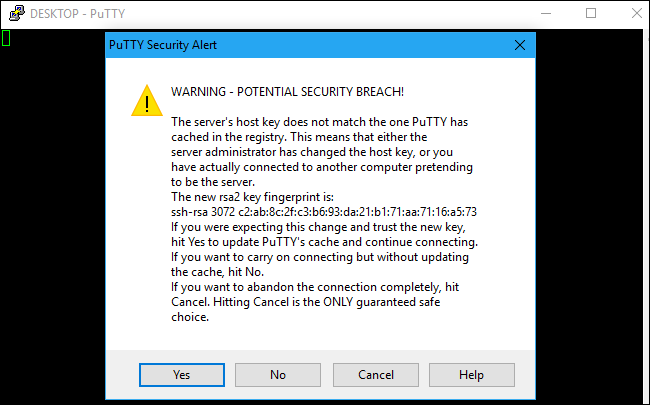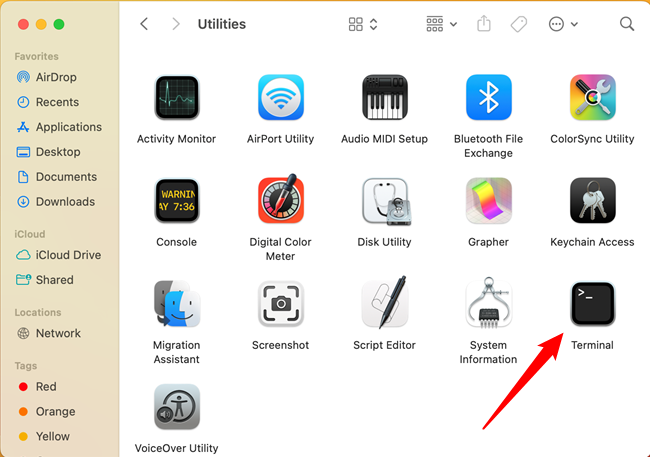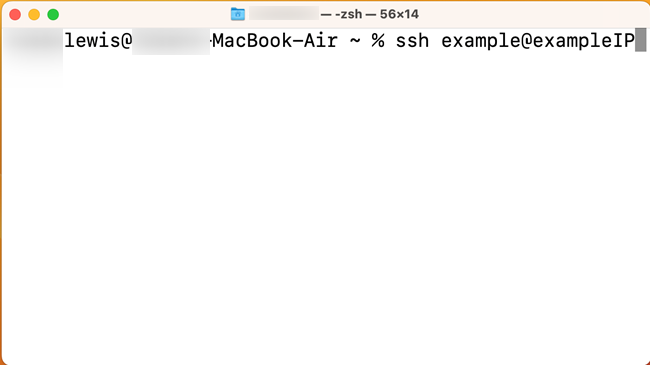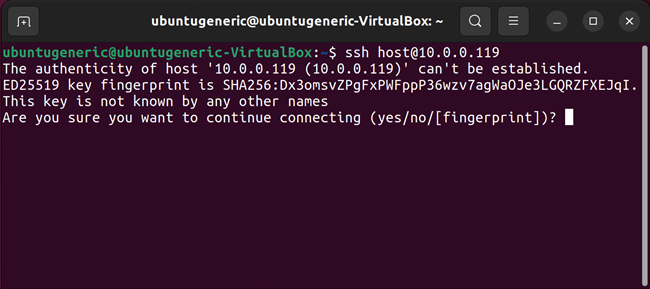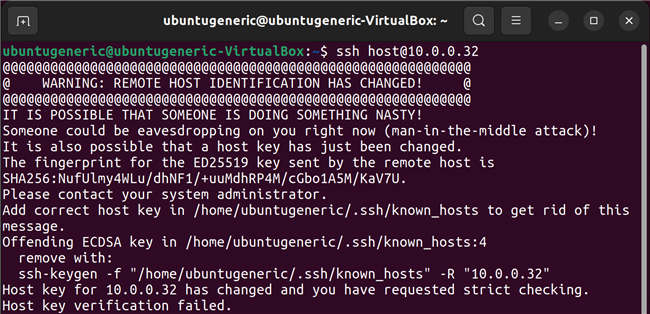
The Ultimate Guide: Effortless SSH Server Connection for Windows, macOS, and Linux

SSH is a versatile tool for connecting to remote servers This article provides easy-to-follow steps on how to establish SSH connections from Windows, macOS, and Linux operating systems, ensuring seamless remote access across various platforms
Key Takeaways
To establish an SSH connection with a Windows SSH server, begin by installing the SSH feature that is provided as an optional addition. Following the installation, execute the command "ssh user@exampleIP" in either PowerShell or the Windows Terminal. For Linux and macOS users, simply navigate to the Terminal and enter the command "ssh user@exampleIP".
An SSH client enables you to establish a connection to a remote computer that operates an SSH server. The Secure Shell (SSH) protocol is commonly employed for remote terminal connections, granting you access to a text-mode terminal on a remote computer as though you were physically present. Additionally, SSH can be utilized for SSH tunneling, SCP file transfers, and various other functionalities.
How to SSH Into a Computer on Windows
To install the OpenSSH Client on Windows 10 or Windows 11, follow these steps:
1. Open the Settings app.
2. Navigate to Apps > Apps & Features > Optional Features.
3. Click on "Add a Feature."
4. Scroll through the optional features until you find "OpenSSH Client."
5. Check the box next to it.
6. Click on "Install."
After it is installed, open PowerShell, then use the SSH command to connect to a server. For example:
Use a Third-Party Utility to SSH on Windows
For a more enhanced graphical user interface (GUI) and increased flexibility, give PuTTY a try.
Get started by downloading and launching PuTTY. You have the option to download either an installer that includes PuTTY and related utilities or a putty.exe file that can be used as a portable application.
Type the host name or IP address of the SSH server in the designated "Host name (or IP address)" box. Verify that the port number entered in the "Port" box corresponds to the port number required by the SSH server. By default, SSH servers utilize port 22, but it is possible that servers are configured to employ alternative port numbers. To establish a connection, click on the "Open" button.
When connecting to a server for the first time, a security alert will appear. This is normal and you should click "OK" to proceed.
However, if you encounter this warning again in the future after having established a connection to the server before, it means that the server's encryption key fingerprint has changed. This could be because the server administrator modified it or someone is attempting to deceive you by redirecting your traffic to a malicious SSH server. Exercise caution in such instances.
You'll be prompted to enter the username and password for your account on the SSH server. After you do, you'll be connected. Just close the window to end the SSH connection.
To enhance your PuTTY experience, explore its extensive capabilities. If you require authentication with the SSH server using a private key file, navigate to Connection > SSH > Auth in the PuTTY Configuration window, which opens upon launching the application. For further details, refer to PuTTY's comprehensive manual. Interestingly, PEM files are the official term for SSH private keys.
How to Use SSH on macOS or Linux
UNIX-based operating systems like macOS and Linux include a built-in SSH command that works pretty much the same everywhere.
To establish a connection with an SSH server on any of these operating systems, simply open a Terminal window. On a Mac, locate it at Finder > Applications > Utilities > Terminal. On a Linux desktop, you will find a Terminal shortcut in the applications menu.
To establish a connection with an SSH server, input the subsequent command in the terminal, substituting "usernamewith" with your username on the SSH server and "ssh.server.com" with the host name or IP address of the SSH server:
ssh username@ssh.server.com
To connect to the default SSH server on port 22, use the following command:
ssh username@ssh.server.com
To connect to a different port, add -p followed by the desired port number at the end of the command. For example:
ssh username@ssh.server.com -p 2222
Upon your initial connection to the server, you will encounter a prompt requesting verification of the server's identity. Should this be your inaugural interaction with the server, there is no cause for alarm as this message is routine. Merely enter "yes" to proceed uninterrupted.
If you encounter this message after having previously connected to the server, it signals that the server administrator has modified the key fingerprint or there is a possibility of being deceived into connecting to an unauthorized server. Exercise caution!
You will be asked to enter the password for the user account necessary on the SSH server. Once you have done so, you will establish a connection. Close the window or input "exit" and press Enter to terminate the SSH connection.
For more information on using the ssh command, refer to the SSH manual page. You can access it either by typing "man ssh" in the terminal or viewing it in your web browser. If you are running your own SSH Server, ensure that you enforce strict security measures for enhanced protection.

